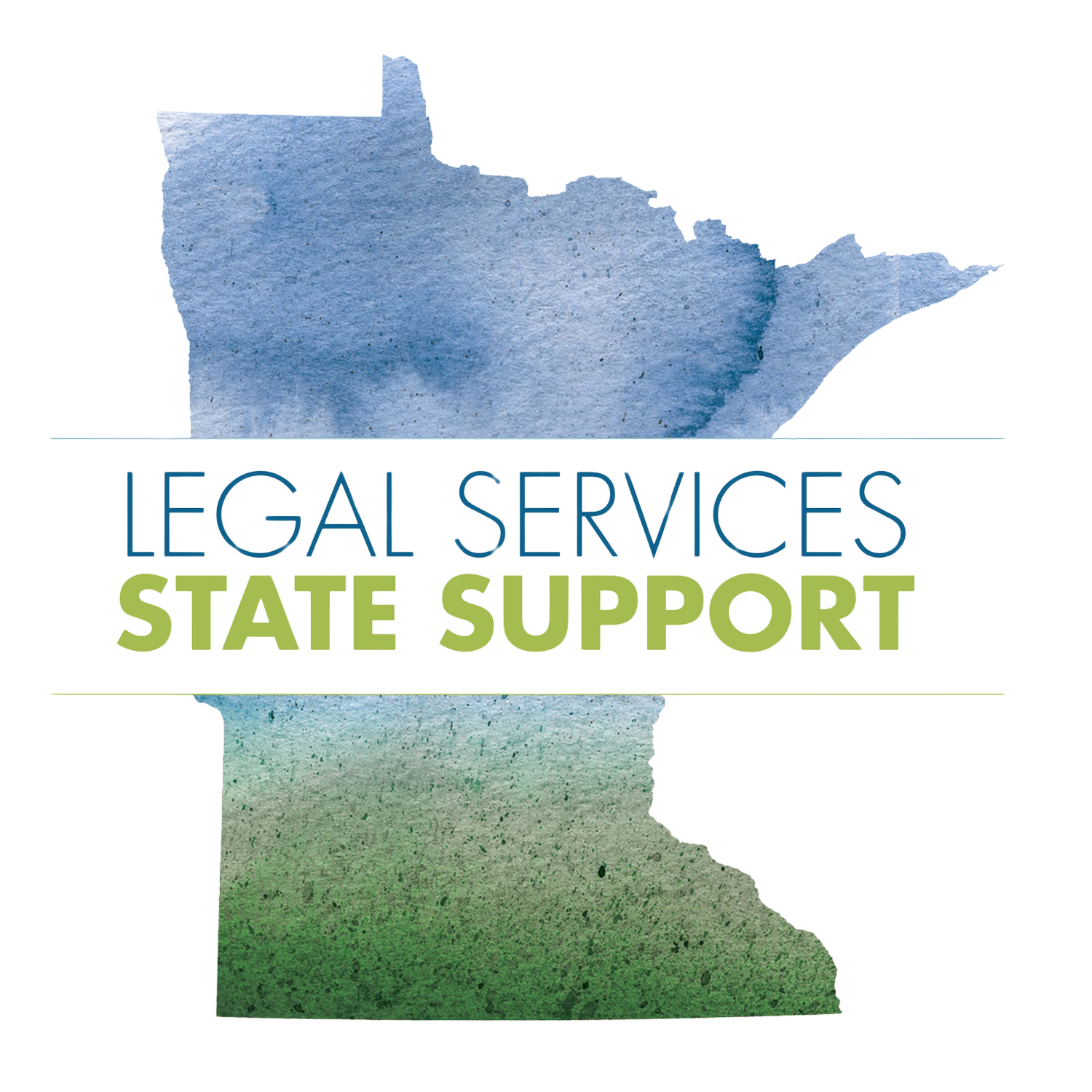Minnesota Judicial Branch Adopts Historic Framework for District Court Hearings
On July 18, 2024, the Minnesota Judicial Council voted to adopt a new district court hearing framework that will reshape the way district courts conduct in-person and remote hearings to deliver justice in Minnesota. The new framework aims to bring statewide consistency to how district courts hold hearings in both criminal and non-criminal matters, while at the same time respecting judicial discretion and providing local flexibility.
“This new hearing framework builds on all of the lessons we learned from the pandemic,” Minnesota Chief Justice Natalie E. Hudson said. “We gathered feedback from more than 5,500 judicial officers, staff, justice partners, litigants, and members of the public because we are committed to listening to the people we serve and delivering the highest-quality system of justice to the people of Minnesota.”
The new framework includes three primary components:
Default hearing settings: either remote or in-person
All hearings in court cases will be assigned a default setting that is either in-person or remote based on case type—for example: criminal, non-criminal. District courts will hold hearings according to those default settings unless the judicial officer orders a case-by-case exception or a deviation plan is in place.
A process for case-by-case exceptions to default hearing settings
Judicial officers will continue to be able to deviate from the default hearing settings based upon the needs of a specific case without issuing an order or providing findings. A request for a case-by-case exception may be made by a party or initiated by the court.
A process for agency, judicial district, county, or court division to deviate from the default hearing setting
Agencies, judicial districts, counties, and court divisions will have the ability to request a deviation from the statewide default hearing settings under certain circumstances—for example, a district court may want to hold certain hearings remotely instead of in-person to increase access to justice partner services or legal representation. These requests will be reviewed and approved by the Judicial Council.
The new framework will go into effect on Feb. 3, 2025, to give district courts time to adjust and schedule hearings based on the new default hearing settings.
Minnesota’s district courts began widely hearing cases in online courtrooms during the COVID-19 pandemic. Throughout the pandemic, the Minnesota Judicial Branch conducted numerous surveys and focus groups with justice partners and court users and found widespread support for the continued use of remote hearings. In a statewide survey of court hearing participants, remote hearing attendees reported fewer barriers to attending their hearings than those who attended in person, such as taking time off work, travel, and impacts on their physical or mental health.
As a result of that positive feedback, the Minnesota Judicial Council implemented the oneCourtMN Hearings Initiative Policy in June 2022. The oneCourtMN Hearings Initiative Policy provided a temporary framework for how district courts would use both in-person and remote hearings to hear and resolve cases. Today’s adoption of a permanent district court hearing framework reflects both the Judicial Branch’s commitment to using both in-person and remote hearings to deliver justice in Minnesota, as well as all of the lessons learned and feedback gathered over the past two years under the oneCourtMN Hearings Initiative.
